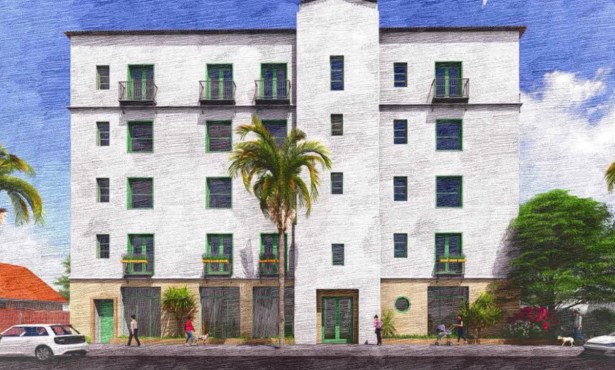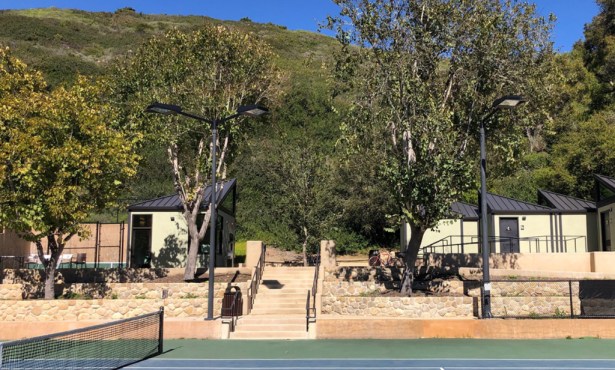Q: ‘What is the history of the area near Carpinteria called Sandyland?’
By Michael Redmon
Sandyland is the beachfront area stretching approximately from
Santa Claus Lane eastward to Carpinteria. At one time, the
outstanding feature of this region was its magnificent sand dunes.
Flanked on one side by the Pacific Ocean and on the other by the
Carpinteria Slough, Sandyland was an oasis of solitude, a situation
that would change under the impact of humans and Mother Nature.
In the early 1800s, the marsh and beachfront were part of the
lands granted by the Spanish government to the pueblo of Santa
Barbara. Considered wasteland, there was little interest in private
ownership until 1866, when four men bought 160 acres of the slough
and beach to raise rice. Their idea was to construct a series of
dikes to prevent saltwater contamination of the marshland. Nothing
came of it and there the area sat, untouched and virtually
forgotten.
Then the popular novelist and outdoorsman Stewart Edward White
discovered the area shortly after his arrival in Santa Barbara in
about 1904. White was an avid canoeist and he found the meandering
channels of the marsh perfect for the sport. He also fell in love
with the pristine dunes of the beach and he is widely credited with
christening the area Sandyland. In 1906, he and his friend, Joel R.
Fithian, purchased the 1866 parcel for $5,000 and White constructed
a rustic cabin on the beach as a getaway.
Another aficionado of Sandyland was the ornithologist, William
Leon Dawson. Arriving in Santa Barbara around 1910, Dawson began
work on his massive, four-volume work, The Birds of California.
Dawson spent many hours doing research in the salt marsh; some of
the best photographs of Sandyland in these early years appear in
Dawson’s book. In 1916, Dawson would become the first director of
the Museum of Comparative Oology, devoted to the study of bird
eggs. This museum was the precursor to today’s Santa Barbara Museum
of Natural History.
White often entertained at the beach house or loaned it out to
friends, and word spread about Sandyland’s charms. When White moved
to the San Francisco Bay Area in about 1915, he sold a 1,000-foot
strip of his property for $4 per foot; several years later,
Sandyland property would be selling for $400 per foot. During the
1920s, a number of Montecito residents built Sandyland beach houses
including George Owen Knapp, Frederick Peabody, and C. K. G.
Billings. Albert Isham engaged Santa Barbara architect George
Washington Smith in 1927 to design his lavish, Moorish-style Casa
Blanca at the western edge of Sandyland. Isham, a heavy drinker,
died at age 38 in 1931 and his fanciful home began to fall into
disrepair.
In the 1920s and early ’30s, Sandyland became known for fabulous
parties and as a popular spot for bootleggers to ply their wares.
In 1924, the San Francisco Examiner printed an article, pointing a
critical finger to what it called the “five percenters” of
Sandyland: the idle rich who lived off investment income and spent
their time in frivolous pursuits. Certainly, it was unfair to paint
all Sandylanders with this same brush, but the reputation lingered
in the air.
The construction of the breakwater for Santa Barbara Harbor
ended Sandyland’s golden age. Changes in the littoral drift of sand
began to erode the dunes. A series of storms in the late 1930s and
early ’40s, with a particularly severe one in 1939, washed a number
of bungalows into the sea and caused varying degrees of damage to
many others. Some of the cottages were sold and moved to
Carpinteria. Casa Blanca’s main house eventually had to be razed in
the 1940s. A seawall was built in 1964 and other measures have been
taken throughout the years to fend off winter storms. Although
storm damage remains a periodic concern, Sandyland is still a
prized place in which to live.


